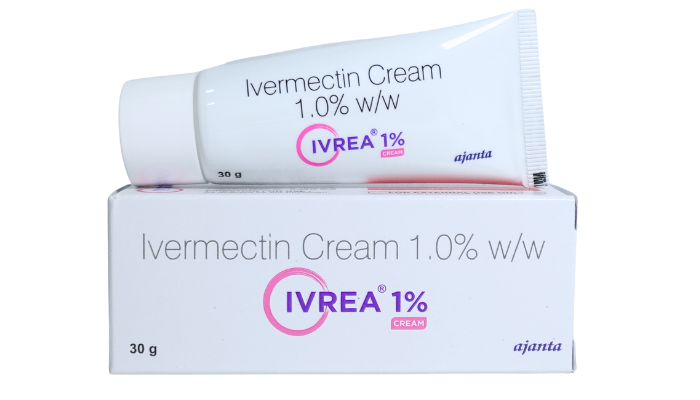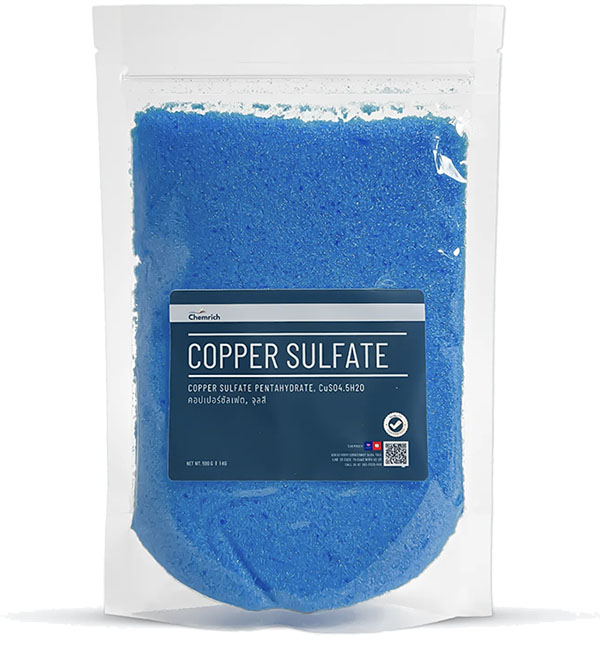Tystatin Oral Suspension, containing 100,000 units/mL of Nystatin, is an antifungal medication specifically formulated to treat fungal infections in the mouth and throat, such as oral thrush (oropharyngeal candidiasis). As a polyene antifungal, nystatin works by binding to ergosterol, an essential component of fungal cell membranes. This interaction disrupts membrane integrity, causing essential cellular components to leak out, ultimately leading to the destruction of the fungal cells. Unlike systemic antifungal drugs, nystatin oral solution is designed for localized action, meaning it effectively targets infections in the oral cavity without significant absorption into the bloodstream.
One of the key advantages of nystatin oral solution is its effectiveness against Candida species, the most common cause of oral thrush. It is commonly prescribed for individuals with weakened immune systems, including infants, elderly patients, and those undergoing chemotherapy or immunosuppressive treatments. Patients with HIV/AIDS or diabetes, who are more prone to fungal infections, may also benefit from nystatin as part of their oral health regimen. The medication is typically swished around the mouth before swallowing or spitting out, depending on the severity and location of the infection. This ensures direct contact with affected areas for optimal therapeutic effect.
Nystatin oral solution is generally well-tolerated, with minimal side effects. Some patients may experience mild nausea, stomach upset, or an unpleasant taste, but serious adverse reactions are rare due to its limited systemic absorption. This makes it a safer alternative for long-term use compared to systemic antifungals that carry a higher risk of liver toxicity and drug interactions. In addition to treating active infections, nystatin may also be used preventatively in patients at high risk of developing oral fungal infections. Its localized action, ease of use, and proven efficacy make nystatin oral solution a preferred choice for managing oral and esophageal candidiasis.





